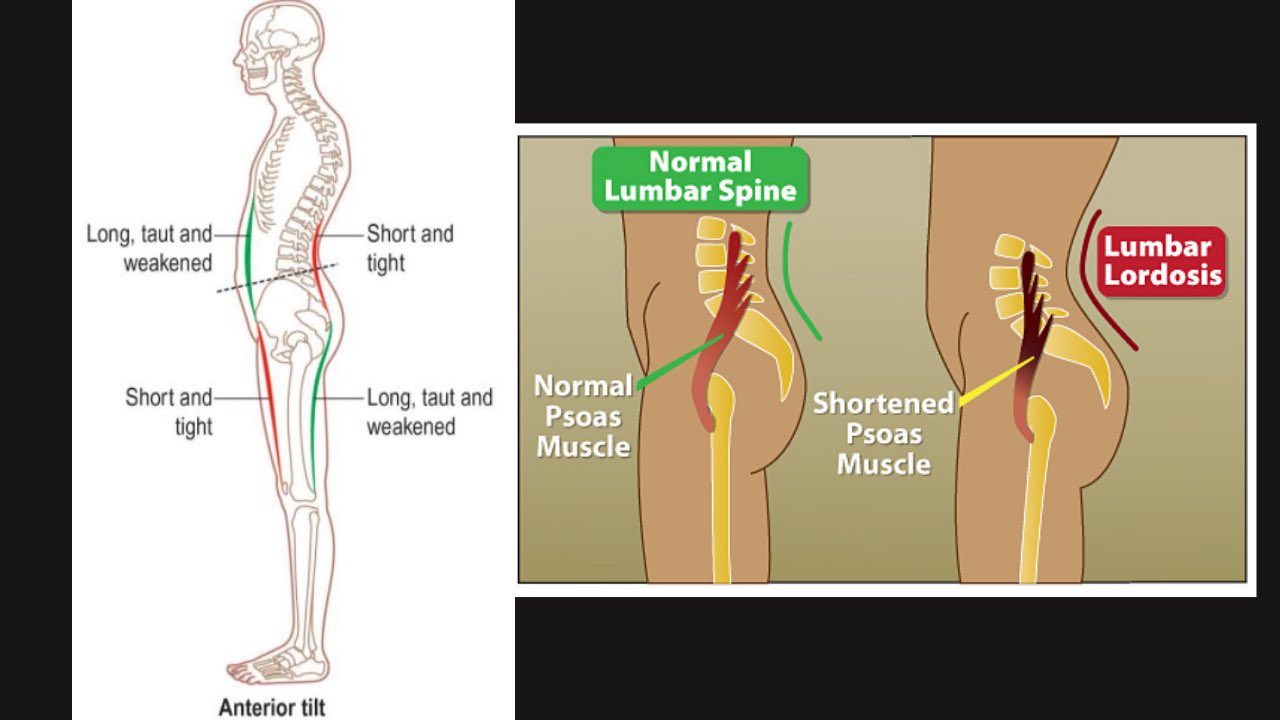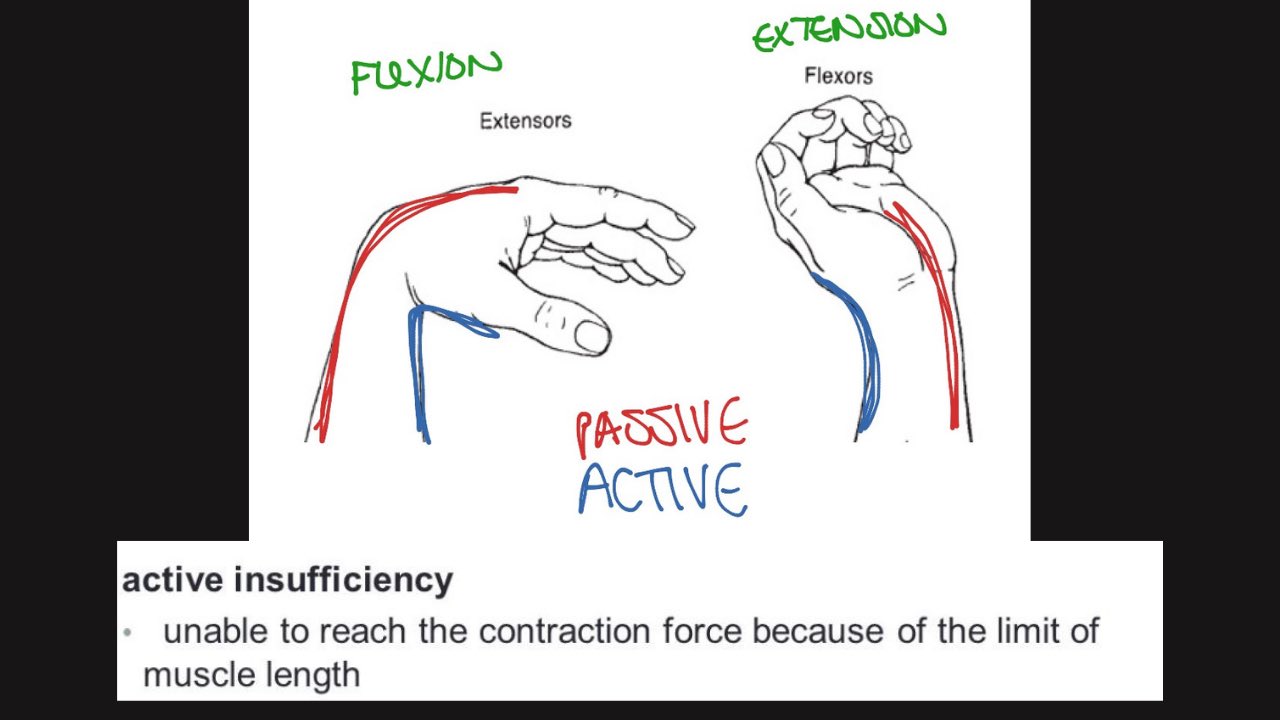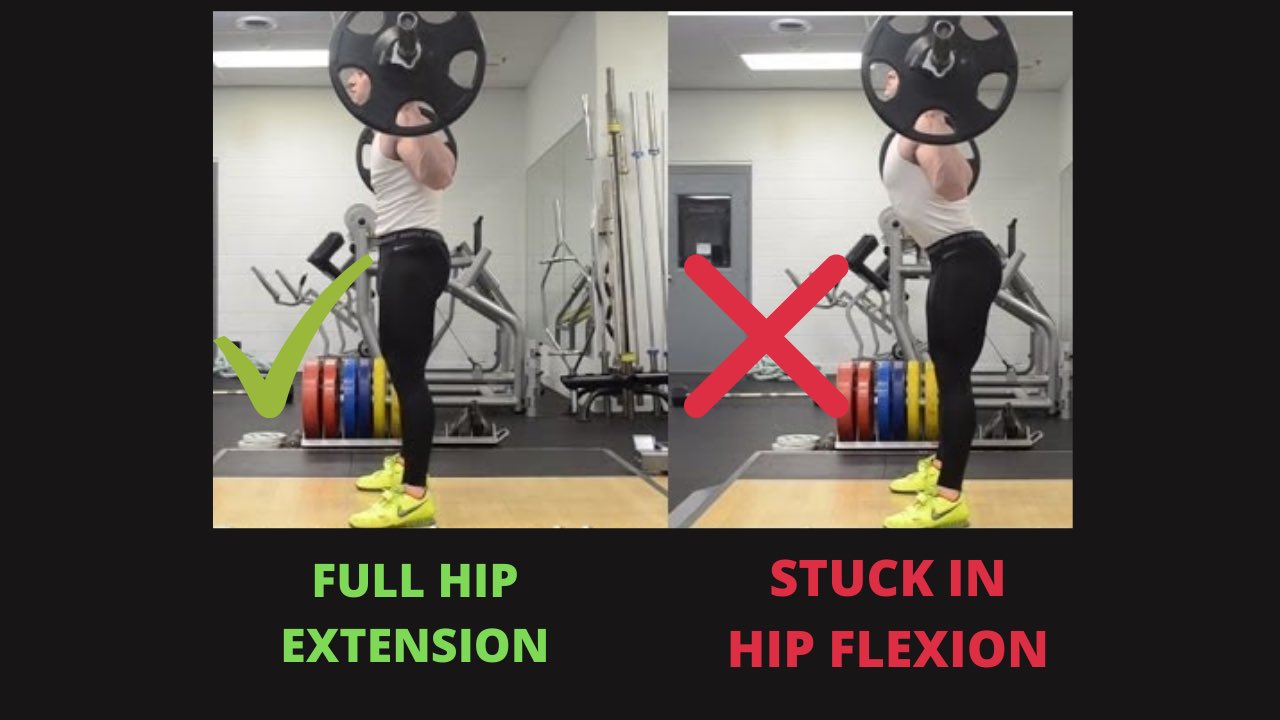Why We Should Stop Demonizing Hip Flexors - How to Better Stretch & Strengthen Them
Mar 22, 2021
Hip flexors might be the most unfairly demonized group of muscles in the human body. My goal is to dispel myths while also giving you better options to “release” them.
Hip flexors are like any other muscles – the adapt to the demands imposed on them. If those demands are only:
- Sitting
- Squatting without full hip extension
- No single leg work
What do you think is going to happen?

It is important to consider that muscle length is secondary to skeletal position. For example, if I tip my pelvis forward, my hip flexors are naturally in a shortened position, while my glutes and hamstrings are in a lengthened position. If I exercise in that orientation, it’s again quite obvious that my hip flexors will by chronically short.
This is also why constantly (static) stretching the hamstrings is probably not a great idea if you have excessive anterior pelvic tilt.

Click here for a video on this pelvic positioning and exercises you can do to improve it.
Use it or lose it, & hip flexors are no different. If you don’t train them through a full range of motion then they won’t have a reason to be anything but short because there’s relatively no demand place on them to be into a lengthened position.

It’s very common for people to assume that a "tight" muscle must also be an overworked one. Muscles need to lengthen in order to optimally contract. If a muscle is in a shortened position & tries to contract, it will be quite limited in its ability to do so. This is called “active insufficiency”. Just because a muscle is tight does *not* mean it is strong. In fact, I would argue most people with tight hip flexors, anterior pelvic tilt, etc, have quite weak hip flexors.

There’s a reason why people stretch their hip flexors every day and only feel relief for a few minutes…because it isn’t a comprehensive approach. Here are some things I believe would help more than just stretching:
1.) Strengthen Them Through A Full Range Of Motion
Loading the muscle through its full range of stretch-to-contract would do a lot for people’s tight hip flexors & athletes’ performance. This will help limit active insufficiency & give the hip flexors variability to lengthen.
A basic exercise example:
2.) Rethink Your Current Stretching & Warm-Up Routine
Consider that the antagonist musculature (glutes/hamstrings as hip extensors) can be facilitated in a position of (relatively) full hip extension. Here is a YouTube video with plenty of examples:
Also, please work through your individual limits of hip extension. Almost no one has full extension at first, & jamming your hip forward as far as you can in a stretch is not doing you any favors. Stay within the range where you can keep a posterior pelvic tilt (hip extension).

3.) Finish Your Reps
Again, if you’re dumping your pelvis forward during an entire squat or deadlift, you’re not only disadvantaging the hip flexors, but also your glutes & hamstrings while increasing load on your low back.

Don’t miss out on free education
Join our email list to receive exclusive content on how to feel & move better.

